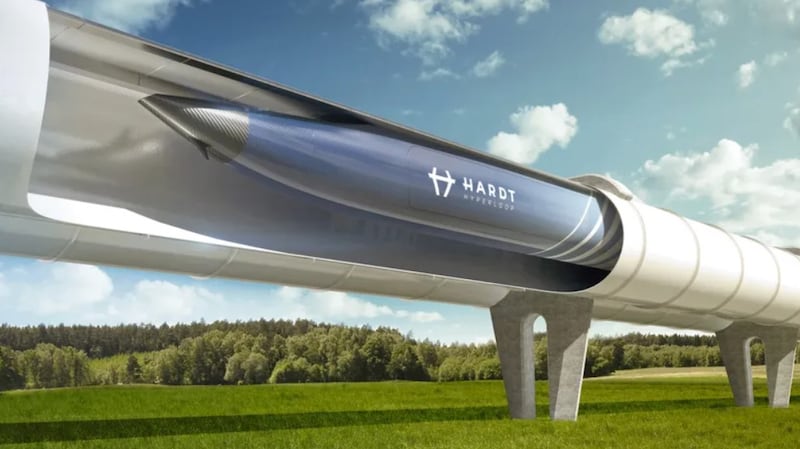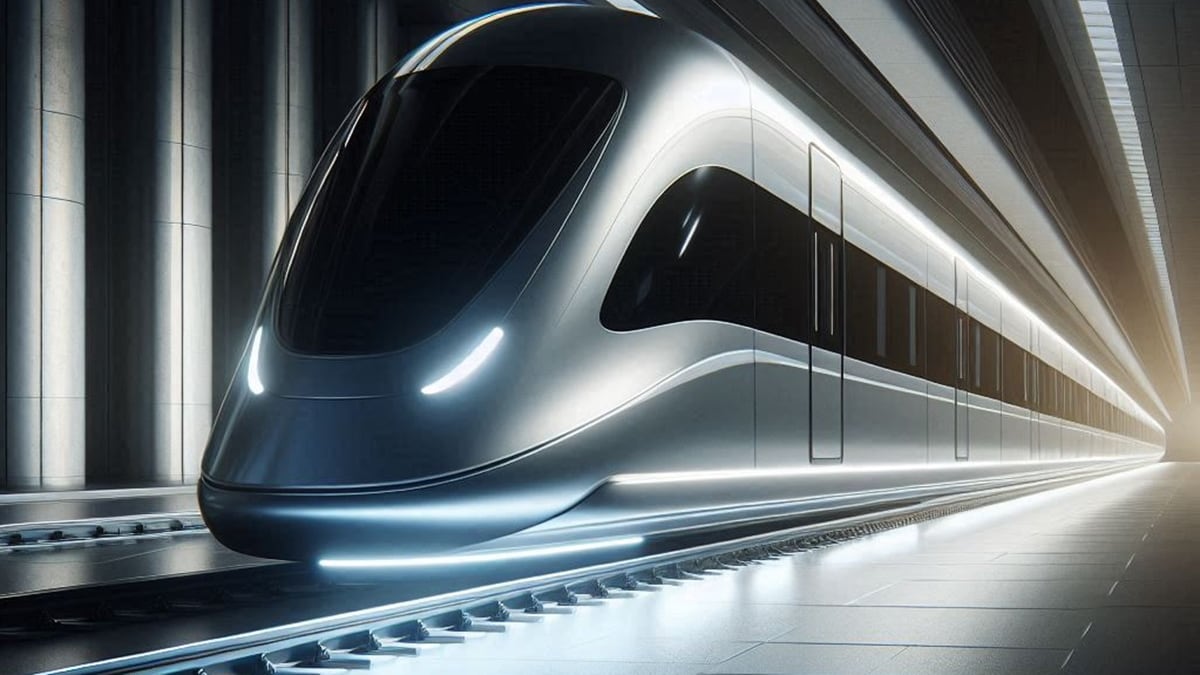China has reported significant progress in 2024 in the creation of a new line of “magnetic levitation trains” that will be able to reach a speed of 1,000 kilometers per hour. This figure is higher than that of a typical commercial airplane, which moves between 850 and 900 km/h. What is the method that will allow this public transportation to reach such speed? Do they have any exclusive knowledge that other countries are unaware of?
PUBLICIDAD
The magnetic levitation trains, known as maglev, that are currently in operation do not even reach 500 kilometers per hour. However, China, which already has the Shanghai train that reaches 460 km/h, aims to achieve "the incredible speed of 1,000 km/h".
PUBLICIDAD
That speed is not even considered in the projects of Japan or South Korea, as these two Asian countries are trying to reach 600 kilometers per hour, the same speed that the projects being developed in Europe and the United States are aiming for.
How does China achieve the speed of this magnetic levitation train?
The key to the incredible speed of the magnetic levitation train in China lies in its innovative integration of magnetic levitation technology with superconductors and the use of vacuum tubes.


With this innovative technological system, the two main factors that limit speed in traditional maglev trains are minimized: air resistance and mechanical friction.
This is achieved by installing a vacuum tube. The train travels within one of these systems, in which the air is almost completely removed. This significantly reduces aerodynamic resistance, which increases exponentially at high speeds. By eliminating this resistance, the train is able to reach much higher speeds while consuming less energy.
The system uses high-power superconducting magnets that make the train "float" above the track without making physical contact. High Temperature Superconductors (HTS) technology not only provides stability but also allows for more efficient movement by eliminating friction between the train and the rails.
The creators of this impressive work were researchers employed by the China Aerospace Science and Industry Corporation.
